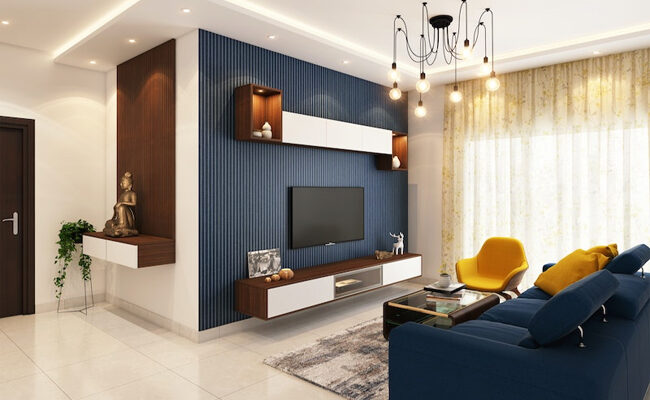
Many homeowners take lighting for granted, without understanding the importance of designing lighting into a room. Modern lighting systems are a long way removed from those of just a few years ago, and with more options than you could imagine you have the opportunity to build in lighting that is beautiful, effective and highly efficient in energy usage.
Lighting can change the way a room feels to those in it, and makes a difference in those dark winter months when it becomes essential. In this article we will be looking at the different types of light you can use in the home in terms of styles, shapes and more. We’ll also talk about how to light a room properly, without breaking the bank, and we’ll be taking a look at LED lighting which is the most efficient on the market right now.
Let’s start with a section on choosing different types of light.
Types of Lights to Think About
In this section we are not talking about the light itself – the actual bulb, which we will talk about later – but the types of light fitting into which the bulb needs to go. This is important to consider as there are many different options here, and some are better than others for use in a contemporary home.
For example, check out options like these from a leading lighting supplier with a reputation for quality and original products that provide excellent results. The first type of light we think about when furnishing a room is the ceiling light, and usually this is a hanging light on cord. However, we recommend that for kitchens, bathrooms and even other rooms in the house you check out the many roof-mounted, often sunken light fittings that are stylish, modern and timeless as they offer a new look that you might not have considered.
Standard lamps, those that are free standing on the floor, fell out of fashion at one point but the modern and stylish examples available from a range of manufacturers now provide a perfect opportunity for additional lighting in any room. The most impressive of these are somewhat sculptural in form and make for an item of furniture in their own right.
For kitchens you may want to look at uplighting in which a light is installed, for example, in the kickplate area of a floor cupboard or underneath wall-mounted cupboards. This provides a different and stylish light that is interesting and yet subtle, and is also a great way of lighting ornaments on glass tables.
So you have a choice of standard type hanging lights, floor-standing tall lights, inset lights and wall lights, and we should add that there are many more. Let’s now look at how best to light a room.
Using Light in Room Design
If you are planning a room design from scratch or updating an existing room with new lighting, start by taking a look at in the daylight to get an idea of how the natural light is used. If you have large windows you will have plenty of light coming into the room, but even then, it may not get into every corner. The darker and untouched corners are those where you should consider small, discreet lights perhaps lighting upwards as described above, giving an additional source of light that is soft and changes the mood.
Use lights as part of the design and understand when they will be most useful – after sunset and around dusk – and you should be able to plan around the room and ensure lighting is placed where it needs to be.
Finally, we’re going to talk about LED lighting and why it is the type you should be using in your home.
Consider LED Lighting for Energy Saving
If you look around a hardware store you will see that LED light bulbs are widely available, and there are good reasons for this. LED stands for light emitting diode. This form of light is produced in a different manner to your traditional type of light bulb. An incandescent light works by a heated coil. The heat makes up a great deal of the energy, and is wasted as such. An LED works when an electric current is passed through a diode, which glows as a result. There is very little – if any at all – het wasted in this method.
Furthermore, different LEDs provide different warmth’s and levels of light, but the main point is they use far less energy, and last a lot longer than your standard type of lightbulb.
Conclusion
What have we learned from the above? First, that lighting is important to the design and feel of a room, and that there are many types of light to choose from. Also, that for energy and cost saving purposes LEDs are the way to go, so start thinking now and you can create the rooms you want in your home.
Leave a Reply